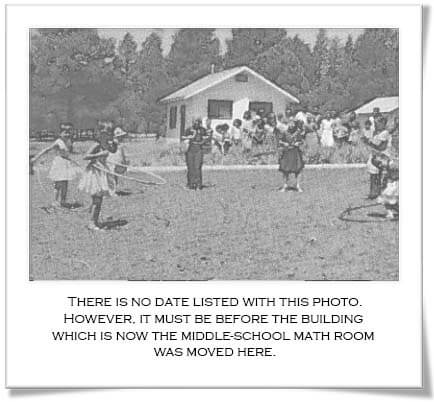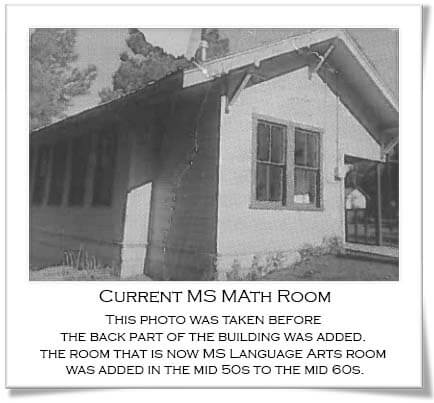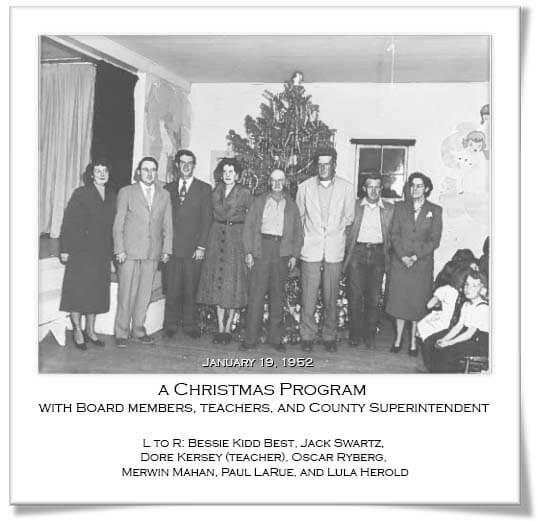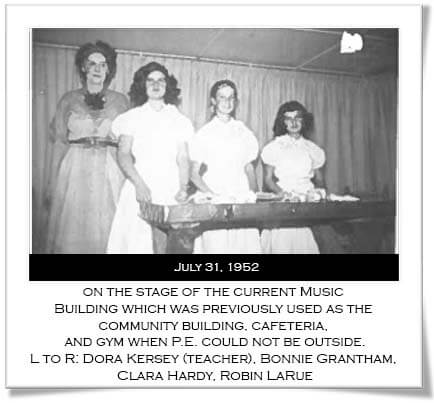Maine Consolidated School District
The following appeared in the Williams-Grand Canyon News as “Homesteaders Leave Legacy in Parks (March 17, 1999) and “Rhoades and Maine, Former Names of Parks” (November17, 1999) The articles were written by Phyllis Angliss-Rosso, the News’ Parks correspondent. They were edited for the Parks Area Plan and are reprinted here with permission of the author and the publisher.
In territorial Arizona there were only trails, gradually widened for wagons. Prehistoric trails were frequently followed by early expeditions, which Congress sent to the Southwest after acquisition from Mexico in 1848. The searches were for resources and transportation routes.
Between 1877 and 1859, Lt. Edward Beale constructed a wagon road between Fort Smith, Arkansas and the Colorado River along the 35th parallel with the section near Parks built in 1859. The Beale Road was among the first federally funded roads in the western United States, becoming one of the major transcontinental transportation routes of the last century. “The 35th parallel featured a relatively mild climate, generally level terrain and few antagonistic natives. It was an excellent corridor for travel, especially compared with the barren canyonlands to the north and hostile desert to the south. Railroad engineers followed the path of the Beale Road when surveying for the 1883 transcontinental Atlantic and Pacific Railroad. Towns and settlements soon grew up along the railroad, and roads linked the towns’ main streets,” according to the United States Department of Interior, National Park Service form nominating the old road to the National Register of Historic Places.
On April 26, 1898 the area known today as Parks was given a name — Rhoades. According to old post office records and historical files and maps, John T. Dennis established a box-car depot and called it Rhodes (later changed to Rhoades). It was to serve the tiny settlement around his saw mill. The coming of the railroad, during August 1882, in the valley which was to become Parks and Bellemont gave the impetus to lumbering. Initially, railroad ties were needed, followed by convenient and inexpensive transportation for the milled lumbar.
The demand for lumar from the Dennis saw mill continued. As the Maine settlement grew, the roads expanded and a new store and post office was begun two miles away from the railroad siding. On May 4, 1910, the United States granted land for the future new store to Grantee McMillan, and it was known as Old Maine.
Read More History
To read this entire article, click here to download the PDF file.
Maine Consolidated School Images

















 And of course you can add images or whatever you want here too.
And of course you can add images or whatever you want here too.